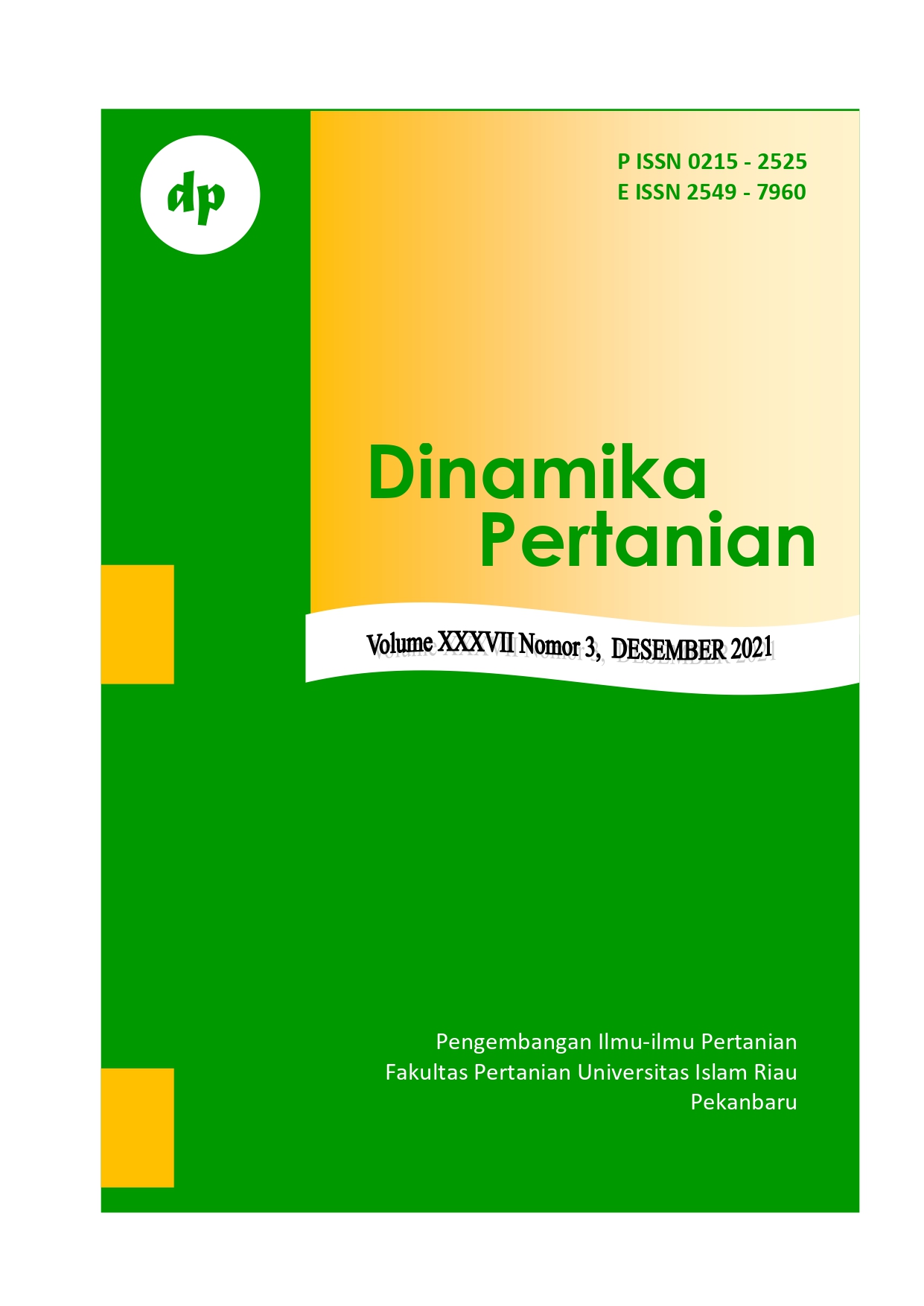ANALISIS HUBUNGAN MODAL INTELECTUAL (INTELLECTUAL CAPITAL) TERHADAP KINERJA KEUANGAN BUM DESA DI KECAMATAN BANTAN KABUPATEN BENGKALIS
DOI:
https://doi.org/10.25299/dp.2021.vol37(3).8933Keywords:
intellectual capital, intangible asset, financial performance, BUM DesaAbstract
The existence of BUM Desa was formed as an expectation to be able for encouraging the dynamics of economic life in rural areas with good financial performance and competitiveness with the management of intellectual capital, human resources, and innovative collaboration. This study aims to identify the existence of intellectual capital and to analyze its relationship with the financial performance of BUM Desa in Bantan District. The method used in this study is a survey method by interviewing 27 respondents. The results indicate that intellectual capital and financial performance had a very close and harmonious relationship. In improving the performance of BUM Desa in Bantan District, the most important form of intellectual capital was relational capital, namely the attitude of BUM Desa management and leaders who help each other to develop business units. Relational capital was formed by the dimension of relationships with customers who accept criticism and suggestions from BUM Desa customers. Meanwhile, Human capital was formed by the dimensions of the attitude of the BUM Desa management in carrying out their duties. BUM Desa which has higher intellectual capital had better financial performance, so the development of Intellectual Capital as a tangible asset needs to be developed in the future to improve the financial performance of BUM Desa.






